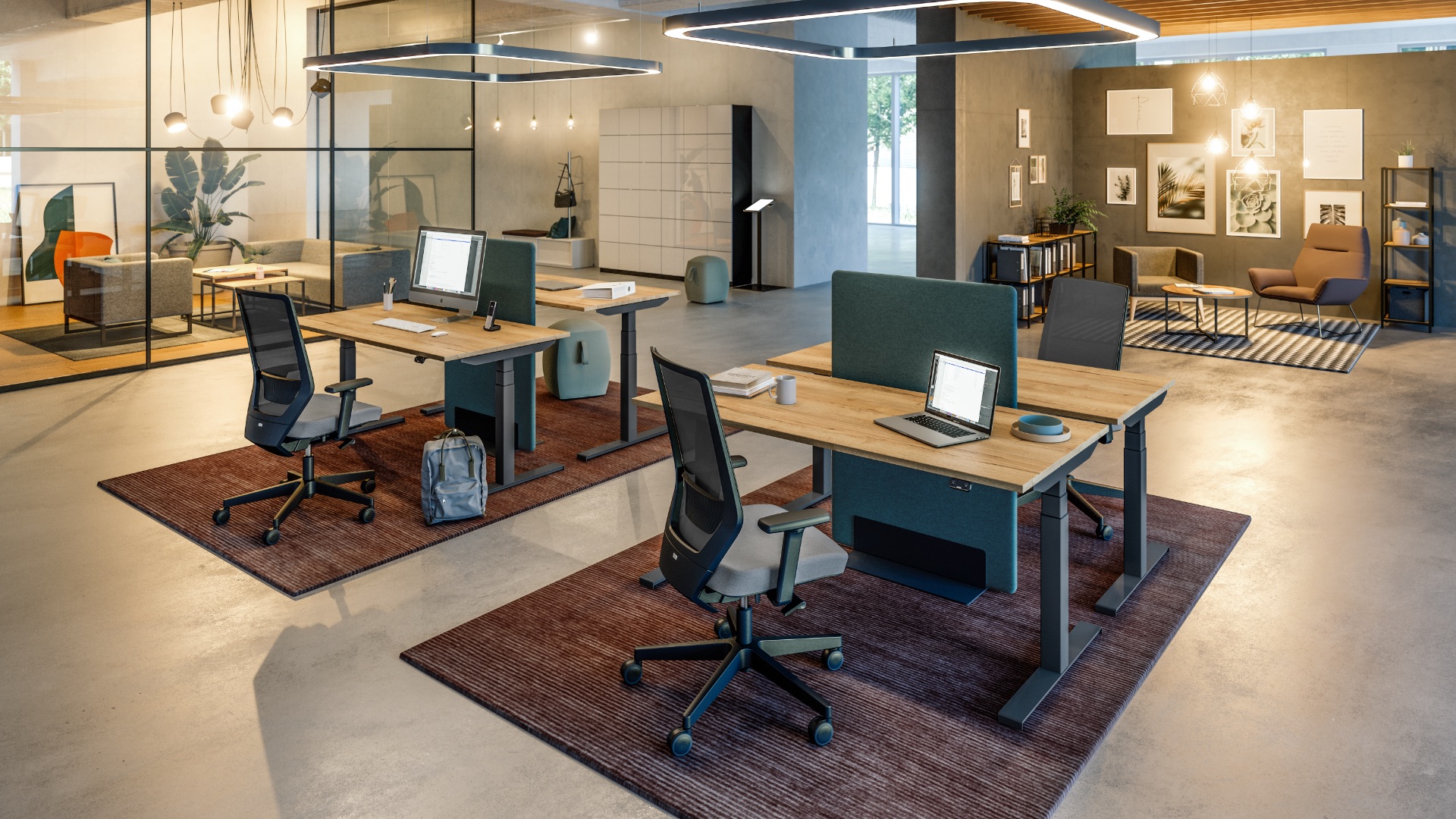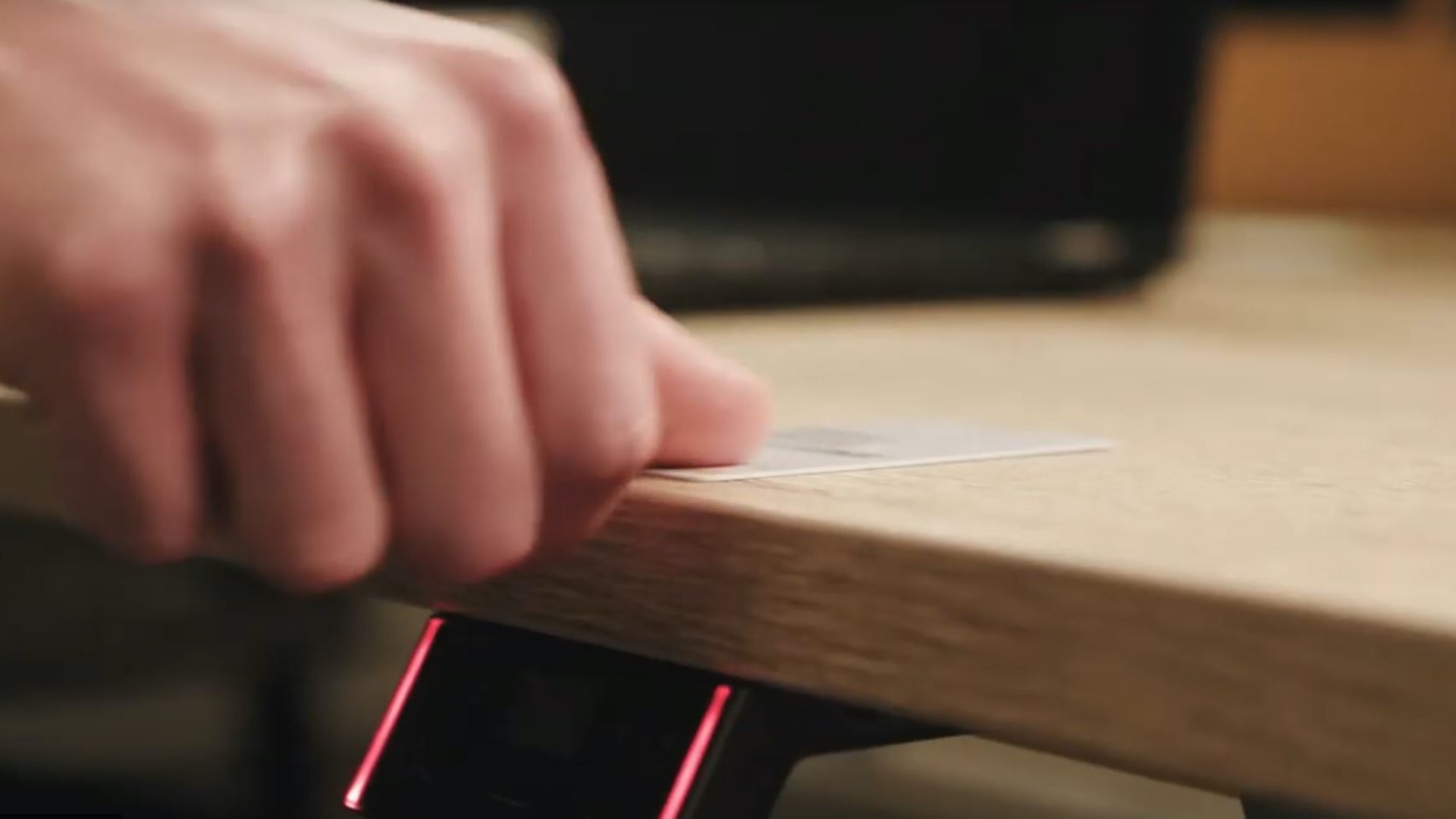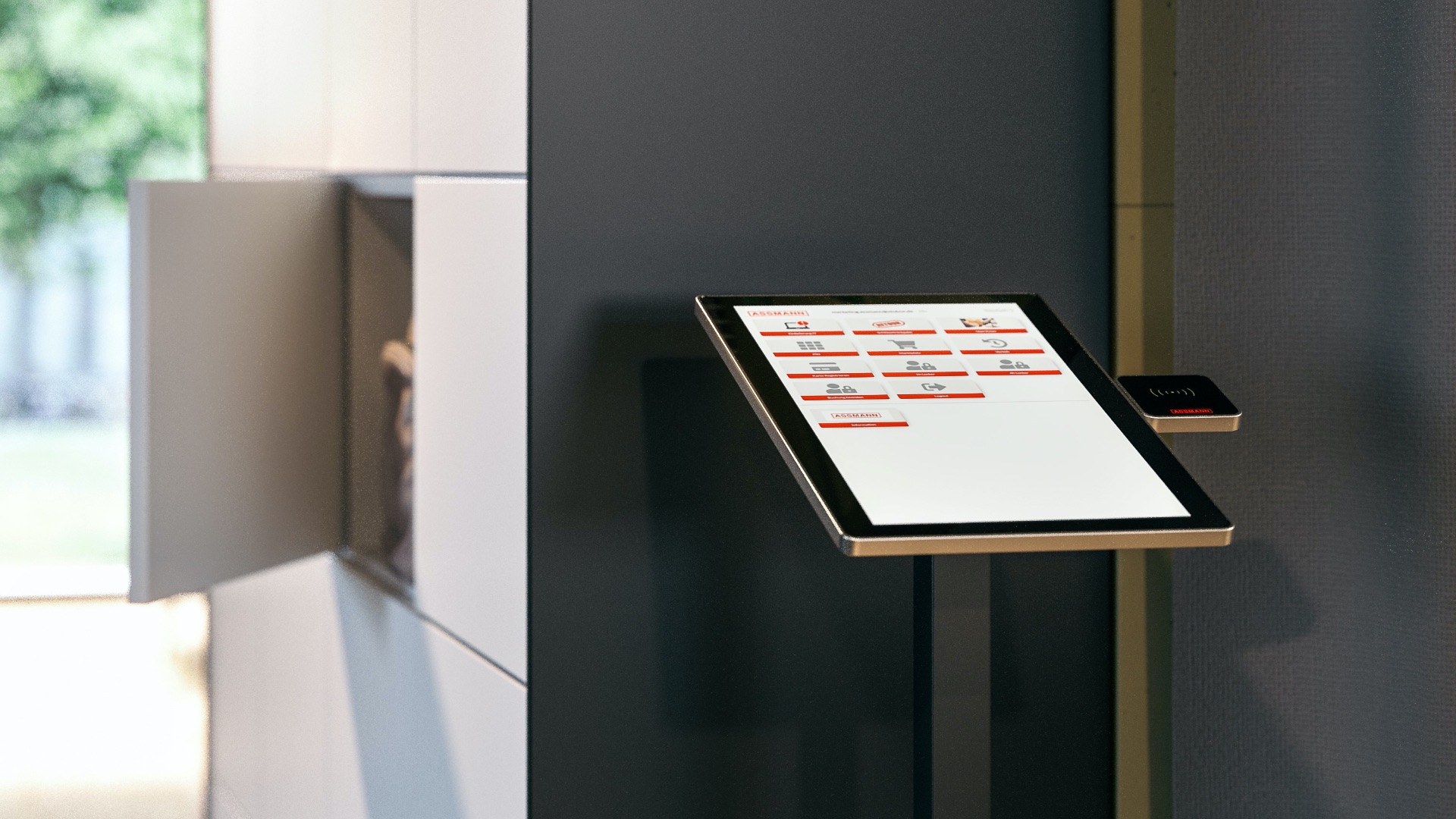
Hybrid work environments: what’s next for mobile work and working from home?
It hasn’t just been since the Covid-19 pandemic that mobile work and working from home have been important themes in the planning and realisation of modern work environments.
What is currently being communicated far more clearly, and receiving greater attention, is that office work is not just changing, it is also functioning outside any traditional office organisation formats – and with many advantages too. So we can already say today that, in the course of the covid-19 pandemic at the very latest, working from home and mobile working have proven themselves to be productive working models – even in some of the more conservative companies.
But before we all celebrate working from home as the latest panacea, we should also consider that each successful change can only establish itself in the long term under the right conditions.
First we need to distinguish between working from home and mobile work as, although both terms are often used in the same context, they are not as similar in practice as we might first think. While working from home, as the name suggests, really is a label for working from one’s own, private dwelling, mobile work can take place anywhere. From the café round the corner or the park bench right through to a temporarily-rented coworking space or an open-plan office environment with various workplaces. A good example of mobile work, which almost all of us can envisage, is field work employees who are often away on business. They need at least a mobile end device for processing a wide range of activities. For other forms of mobile work, such as work which alternates between a person’s home and their company, ideal workplaces can be created through a system of digital smart office solutions that use innovative booking and locker systems.
Tips for getting the most out of working from home.
For productive work from home over longer periods, it is not just necessary to be connected with an efficient mobile end device, it is also important to create the right environment. This means, for example, that a fixed home office workplace is set up that is not just ergonomic, but can also be used as far as possible independently of other day-to-day activities. In other words, this is not possible at the kitchen table. Further aspects to consider are:
Health
Choose ergonomic furnishing solutions such as height-adjustable desks and comfortable office swivel chairs, especially if you spend several hours a day at your home office workplace.
Communication
Use available technologies and tools for communication and cooperation in your team.
Lighting
Good lighting is a must. Ideally, you should place your desk at right angles to a window. Work lighting should also be installed to sufficiently illuminate the surface of your desk.
Breaks
Plan short breaks at home, too. Give yourself variety, for example, by having virtual coffee breaks.
Tidiness
It is important to have some good storage space available so you can keep things tidy and have all your daily work materials within easy reach.
A feel-good atmosphere
The right choice of colours, some decoration and plants ensure an atmosphere where productive work can be done.
Home Office Advantages – Plus Points for Sustainability
With the right equipment, home offices have advantages that not only have a positive effect on people’s working performance, they also make a contribution to sustainability. On the one hand a well-equipped home office helps people concentrate on their work, have undisturbed telephone calls and web conferences and gives them space for creative tasks and developing ideas. On the other hand, working from home has a positive effect on people’s work-life balance, which can lead to a general increase in job satisfaction. Saving the time spent on the commute to work does not just create more time for recreation, it also removes day-to-day stresses, such as driving in rush hour traffic or travelling on overcrowded public transport. And, ultimately, this means less traffic on the road and less environmental pollution from CO2 emissions.
Working from a distance – where are the challenges?
As a manufacturer of modern furniture systems, responding to the challenges of a changing work culture and considering possible solutions in advance is part of our day-to-day business. Yet we need more than just perfect furnishings for any New Work concepts to succeed.
If the underlying parameters are right, a lot has already been achieved, but working from home should be coordinated differently from working in the office.
It also requires totally different management qualities. Trust and accessibility are much better ways of managing employees than mistrust and checks, and not just of people working at home. Only people who can put their conservative thinking to one side and have the courage to change will be successful in the long term. Scientific studies have already shown that employees are up to 30 per cent more productive when working from home. So, with the right communication, there is no reason for any mistrust. If an organisation gives its employees leadership, rather than controlling them, the work from home goes at least as smoothly as on site in the office.
A greater willingness for working from home and mobile work in future
We are quite certain that, even after the Covid-19 pandemic, 20 to 30 per cent of today’s office workers will continue to work from home. We also assume, however, that an alternation will be established between working from home and working in the company. The progress of digitalisation and new developments in space utilisation and furnishing concepts are bringing a change ever closer between working from home and mobile work. So office areas today can be fitted out for desk sharing in such a way that several employees take it in turns to work at a single work station which, nevertheless, is ready with the right comfort settings for each individual. With our digital Smart Office solutions for innovative booking and locker systems , we already provide the ideal solutions today for the office work of the future.


